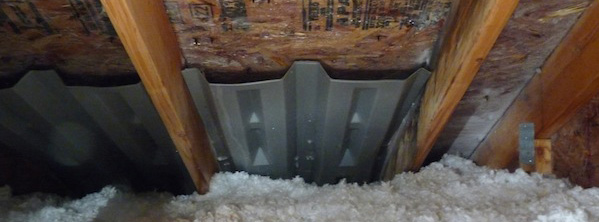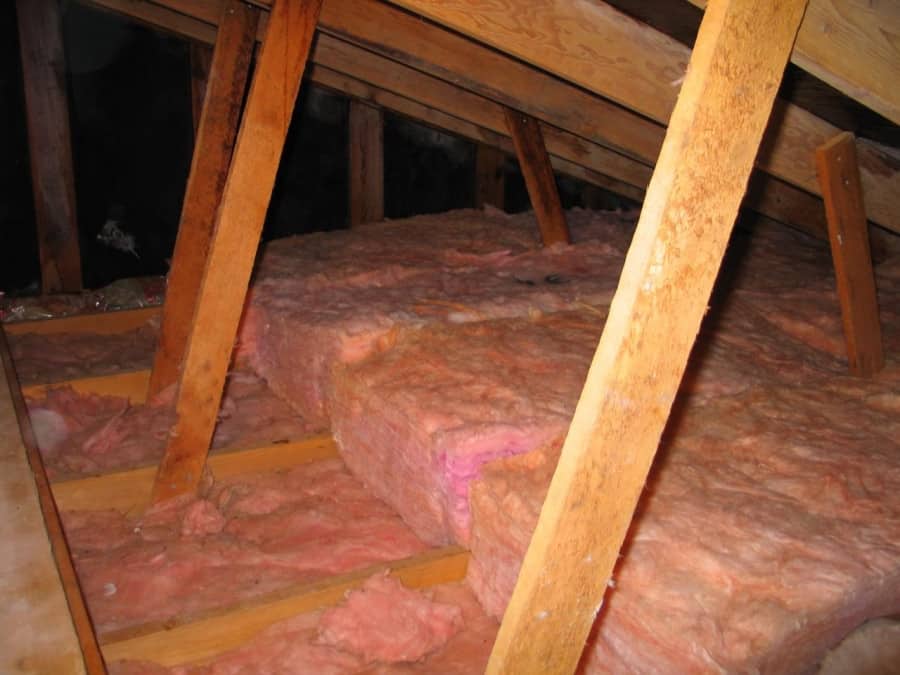Wet Attic In Winter
However when the frost melts it turns back into condensation which makes everything it touches wet usually insulation and wood.
Wet attic in winter. Attic condensation the conditions that cause ice dams often cause attic condensation too. Bypasses can allow enormous amounts of warm moist air to leak into the attic. And insufficient attic ventilation to allow moisture to. Attic bypasses are areas where warm air escapes into your attic.
If you have a roof leak in the winter months and it s not being caused by ice dam there may be another culprit. Moist or wet insulation. Sealing them can save on winter heating expenses while preventing some moisture damage. You may pay an ice dam removal company to melt the ice dam off your roof only for the leaking to continue.
Now your wood frames rafters roof sheathing and attic insulation is vulnerable to mold and rot which can. Drying out a wet attic. Leakage and condensation of warm heated indoor air into the attic space. Placing a dehumidifier inside the attic will help to draw out moisture from the surrounding environment.
Once the dehumidifier s storage tank is full it won t be able to remove any more moisture. In the winter attic condensation often turns into frost which actually doesn t pose any threat. However you ll need to drain it frequently in order for it to function properly. As the moisture migrates upwards to the colder attic areas during the winter months the relative humidity is increased to the point that condensation can occur on cold surfaces.















































